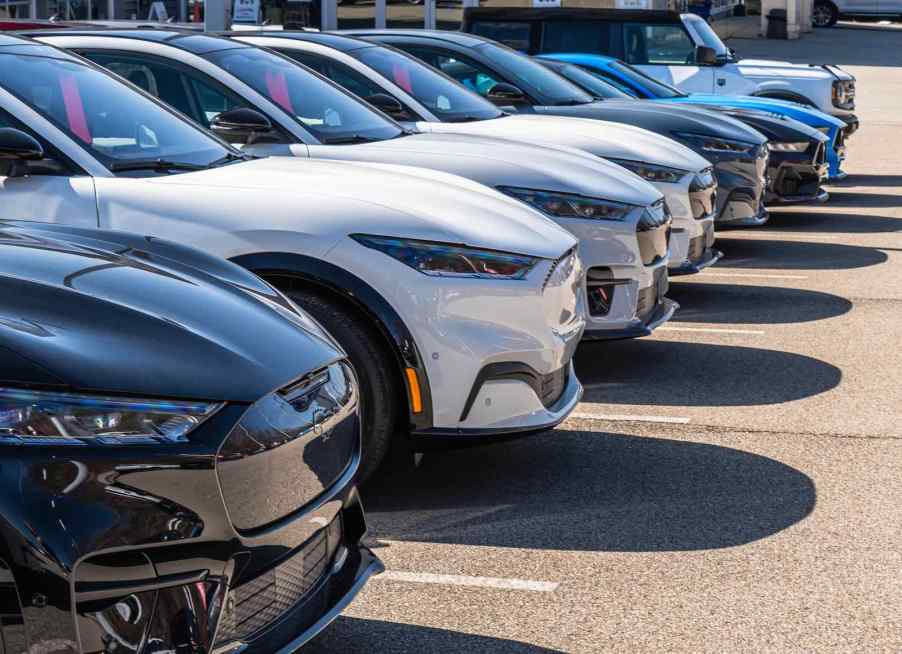
EVs on track to be cheaper than ICE cars next year–some models already are
In China, it is cheaper to buy an electric car than a traditional internal combustion engine car. Add in the lower cost of “fuel” and how rarely EVs need maintenance of any kind and they make for a very budget-friendly choice. Experts say the rest of the world is catching up rapidly, and that EVs are on-track to be the same price as ICE vehicles in the U.S. sometime in 2025 or 2026. Even those estimates are conservative because they don’t factor in vehicle size or segment. As we transition to EVs, we’ll probably see a shift in both.
As recently as last year, experts were saying a new EV cost 40% more than an ICE vehicle. As of June 2024, the average transaction price for a new ICE vehicle sold in the U.S. was up to $48,644. Meanwhile the same number for an EV had fallen to $56,371. The $7,500 federal tax credit available for many EVs nearly makes up for that difference ($7,727) . But Goldman Sachs claims EVs will soon hit the same price as ICEs without any credits.
China builds the world’s most cost effective EVs thanks to its government’s many years of investment in the entire supply chain for EVs’ lithium-ion batteries. The government and private industry have sought to control every level, from the mines to refineries to battery manufacturing. This has made every step in the process more efficient, battery costs have dropped, and so have EV prices.
The experts at Goldman Sachs point out that other countries are catching up. The firm predicts the average cost of a completed EV battery in 2024–globally–will come out to $115 per kilowatt hour. That’s 23% lower than it was in 2023. There are diminishing returns for any efficiency increase, but the firm predicts another 20% decline in cost during 2025. As a result, it predicts that sometime “between” 2025 and 2026 EVs will be cheaper than ICE vehicles in the U.S. But I’d say this is a misleading indicator. EVs will be the most cost effective option much sooner–if they aren’t already.
You see, many utomakers have been trying to offset high battery costs by positioning EVs as luxury vehicles in the U.S. Therefore, many of them offer a ton of expensive features. The most obvious example is various self-driving technology, a completely separate technological revolution that is being sold to consumers are part of the EV revolution. If you are shopping for an entry-level vehicle, the average new EV transaction price we’re seeing today may be misleading.
In addition, U.S. buyers love large vehicles. So automakers are trying to engineer huge EVs for the North American market–such as the F-150 Lightning and Hummer EV. But they are finding sales sluggish. Why? A huge EV needs a huge battery, so its price is exponentially higher than its ICE counterpart. Even with the big battery, its range is poor and recharging can take over an hour.
If a two-car household opts for an EV, there’s a good chance it’ll replace their smaller commuter vehicle. If they have another vehicle for towing a trailer or completing roadtrips with a third row of seats, there’s a good chance that one will remain ICE-powered for a few more years.
Here’s the kicker, small barebones EVs will be the same price as equivalent ICEs long before 2026. Many already are. For much of this spring, the best lease deal in the U.S. was for the Hyundai Ioniq 6 sedan. A gently used Tesla Model 3 is among the most cost-effective sedans around.
So yes, Goldman Sachs predicts that the “average” EV sold in the U.S. will be cheaper than the average ICE in a matter of months. And that’s probably true. But that announcement doesn’t paint the entire picture.
Next, you can read about my experience roadtripping in an EV or why many fast-charging models are outrunning range anxiety.



